Is it a mistake to put food waste in with leaf bedding?
trpnbils
10 years ago
Featured Answer
Sort by:Oldest
Comments (43)
Boukmn
10 years agoBoukmn
10 years agoRelated Professionals
White Oak Landscape Architects & Landscape Designers · Bethlehem Landscape Contractors · Bainbridge Island Landscape Contractors · Fishers Landscape Contractors · Galveston Landscape Contractors · Mastic Beach Landscape Contractors · Merced Landscape Contractors · Nanuet Landscape Contractors · Paramount Landscape Contractors · Waterford Landscape Contractors · Norwood Stone, Pavers & Concrete · Chowchilla General Contractors · Davidson General Contractors · Gloucester City General Contractors · New Braunfels General ContractorsBoukmn
10 years agoBoukmn
10 years agoBoukmn
10 years agoBoukmn
10 years agoBoukmn
10 years agosbryce_gw
10 years agotrpnbils
10 years agodocmom_gw
10 years agosbryce_gw
10 years agoequinoxequinox
10 years agoBoukmn
10 years agochuckiebtoo
10 years agosbryce_gw
10 years agopcindc
10 years agohummersteve
10 years agoequinoxequinox
10 years agoBoukmn
10 years agohummersteve
10 years agohummersteve
10 years agotrpnbils
10 years agohummersteve
10 years agotrpnbils
10 years agohummersteve
10 years agoGerris2 (Joseph Delaware Zone 7a)
10 years agoGerris2 (Joseph Delaware Zone 7a)
10 years agoJasdip
10 years agochuckiebtoo
10 years agoJasdip
10 years agoGerris2 (Joseph Delaware Zone 7a)
10 years agoJasdip
10 years agohummersteve
10 years agoJasdip
10 years agohummersteve
10 years agoGerris2 (Joseph Delaware Zone 7a)
10 years agoJasdip
10 years agoequinoxequinox
10 years agopcindc
10 years agorou1
10 years agoJasdip
10 years agosbryce_gw
10 years ago
Related Stories

MOST POPULARSo You Say: 30 Design Mistakes You Should Never Make
Drop the paint can, step away from the brick and read this remodeling advice from people who’ve been there
Full Story
DECORATING GUIDES7 Major Decorating Mistakes and How to Avoid Them
Gain confidence to start your interior design project with this advice from a professional designer
Full Story
FEEL-GOOD HOME21 Ways to Waste Less at Home
Whether it's herbs rotting in the fridge or clothes that never get worn, most of us waste too much. Here are ways to make a change
Full Story
HOUZZ TOURSMy Houzz: Wasting Not, Wanting Not in a New Portland House
Salvaged and secondhand elements make for a home that's earth conscious, thrifty and beautifully personal
Full Story
DECORATING GUIDESFrom Queasy Colors to Killer Tables: Your Worst Decorating Mistakes
Houzzers spill the beans about buying blunders, painting problems and DIY disasters
Full Story
DECORATING GUIDESFix Those 'Whoopsies': 9 Fast Solutions for Decorating Mistakes
Don't suffer in silence over a paint, furniture or rug snafu — these affordable workarounds can help
Full Story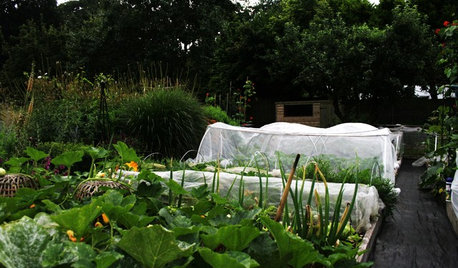
EDIBLE GARDENSFood and Community Thrive in a U.K. Allotment Garden
Get a peek at a rented garden plot in England where edibles and flowers mix and local residents can mingle
Full Story
FARM YOUR YARD6 Things to Know Before You Start Growing Your Own Food
It takes time and practice, but growing edibles in the suburbs or city is possible with smart prep and patience
Full Story
DECORATING GUIDESA Glimmer of Gold Leaf Will Make Your Room Shine
Make a unique, unexpected statement in any space with this precious metallic finish
Full Story
FALL GARDENING5 Ways to Put Fall Leaves to Work in Your Garden
Improve your soil and yard the organic way with a valuable garden booster that grows on trees
Full StoryMore Discussions







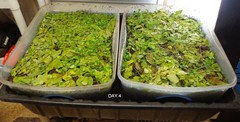
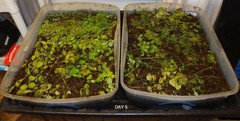
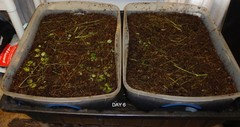
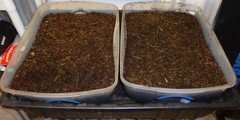
hummersteve